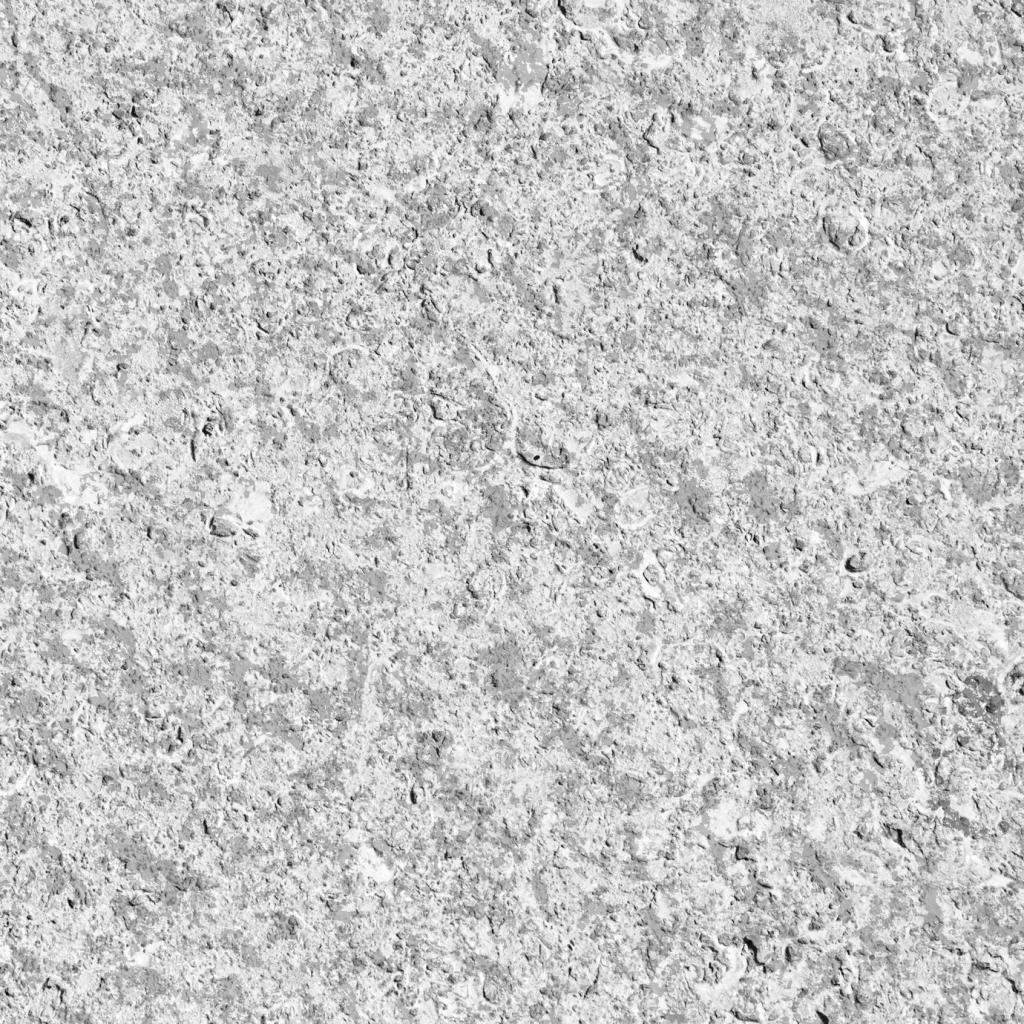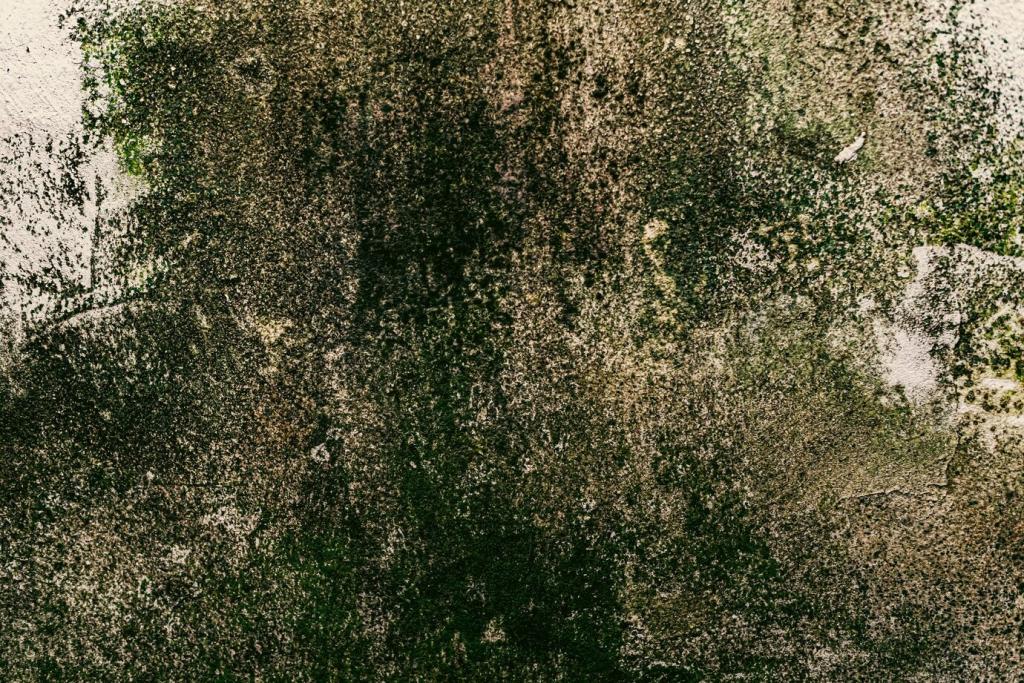Biodegradable Plastics for Eco-Conscious Interiors
Welcome to a fresh, optimistic look at Biodegradable Plastics for Eco-Conscious Interiors. Today’s chosen theme is Biodegradable Plastics for Eco-Conscious Interiors—practical, beautiful, and smarter for people and planet. Explore real materials, honest performance insights, and design ideas you can specify. Love sustainable design? Subscribe, comment with questions, and share your own projects to inspire our community.
What “Biodegradable” Really Means Indoors
Biodegradation needs the right conditions
In interiors, biodegradable doesn’t mean your lampshade will vanish overnight. Microbes, moisture, and heat—often found in industrial composting—drive breakdown, not typical living rooms. That means stable performance during use, with responsible end-of-life planning when the product retires.
Biobased versus biodegradable—know the difference
Biobased indicates a renewable origin, while biodegradable speaks to a material’s ability to break down. Some plastics are both, others only one. Communicate precisely in specs to avoid confusion and align client expectations with tested, verifiable material behaviors.
Standards and labels that actually matter
Look for ASTM D6400, EN 13432, or TÜV OK compost for compostability claims. Pair these with indoor air certifications when available. If a supplier uses broad eco language, request third-party test reports to verify performance, safety, and realistic end-of-life pathways.
Material Families You Can Specify
Polylactic acid (PLA) offers good clarity and stiffness, with biobased origins like corn or sugarcane. It can be brittle and heat-sensitive, so match it with low-heat applications such as LED lighting, art panels, and low-wear handles, or consider annealing for better thermal resistance.


Material Families You Can Specify
Polyhydroxyalkanoates (PHA) are produced by microbes and can biodegrade in more environments than many alternatives. They bring ductility and resilience, though costs and supply may vary. Ideal for flexible components, acoustic fillers, and parts needing toughness without heavy additives.
Applications That Elevate Sustainable Spaces
With LEDs generating minimal heat, PLA and PHA blends work beautifully for diffusers and shades. Translucent finishes create soft ambience; textured prints hide layering lines. Share your favorite diffuser textures or color experiments so others can learn from your iterations.
Applications That Elevate Sustainable Spaces
Bio-filled composites with cork or cellulose can dampen sound while adding natural tactility. Try modular patterns that allow repair and replacement of single tiles. Considering a panel project? Comment with room dimensions and goals, and we’ll suggest sustainable acoustic strategies.

Performance, Maintenance, and Safety
Biodegradable plastics can soften under high heat and degrade with harsh UV. Favor shaded or LED-lit areas, consider UV stabilizers, and specify protective coatings where appropriate. Have field data? Post your observations so others can calibrate designs to real interior conditions.


Circular Design and End-of-Life Planning
Use mechanical fasteners, avoid permanent adhesives, and label polymers clearly. When parts are easy to separate, repair becomes natural and end-of-life options multiply. Share your deconstruction tricks—hidden clips, reversible joints, or clever indexing—to help standardize circular practices.
Circular Design and End-of-Life Planning
Industrial composting facilities may be limited regionally. Home composting rarely achieves necessary temperatures. Partner with suppliers offering take-back programs or local composters. If infrastructure is absent, explore refurbishment and long-life reuse pathways before promising compostability to clients.
A studio’s first PLA lighting collection
One small studio prototyped PLA shades with a local fabricator. Early prints showed visible layer lines; they embraced them as texture and switched to warmer LEDs. Clients loved the glow, and the team now shares a maintenance guide with every installation.
Your starter specification checklist
Define heat exposure, cleaning protocol, and light levels. Confirm certifications, flame tests, and emissions data. Demand take-back options or a documented end-of-life plan. Need a printable checklist? Subscribe, and we’ll send a concise, field-tested template you can adapt to any project.
